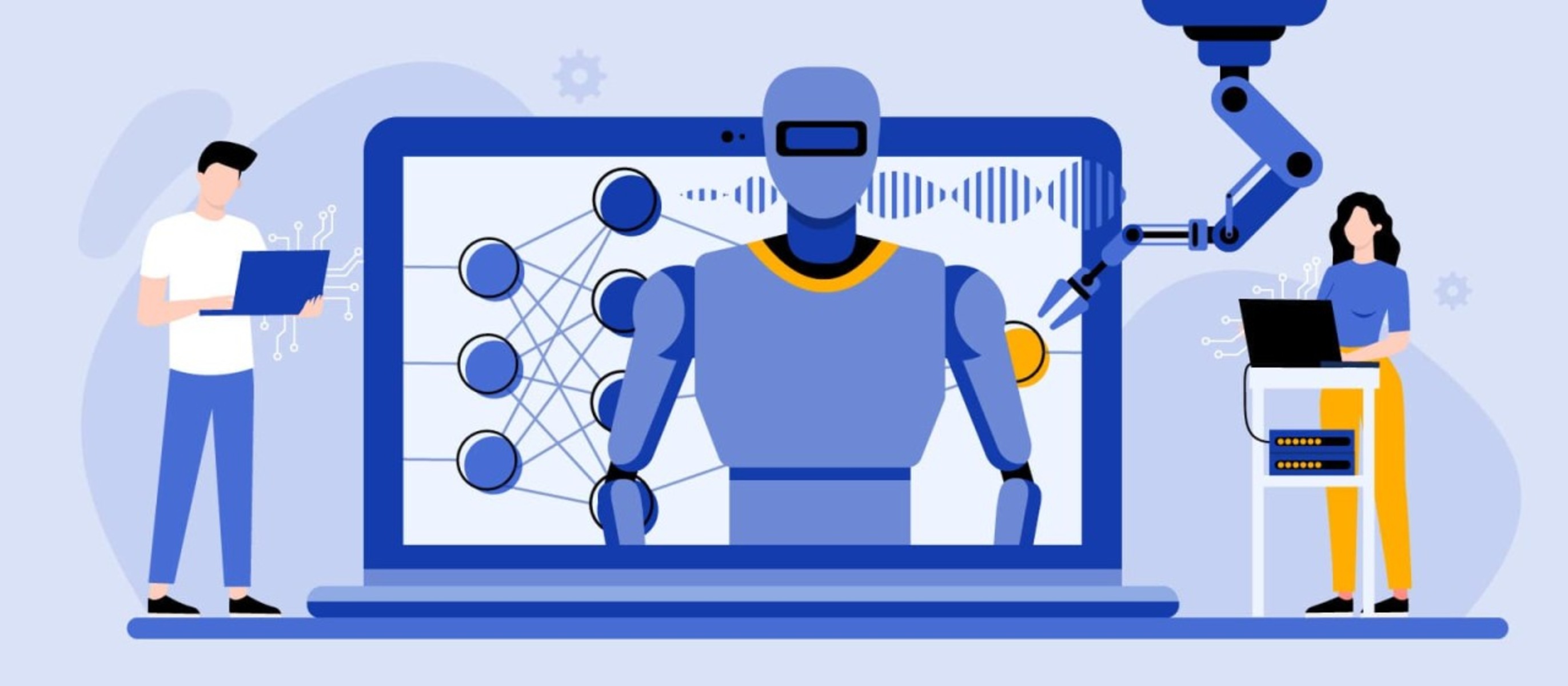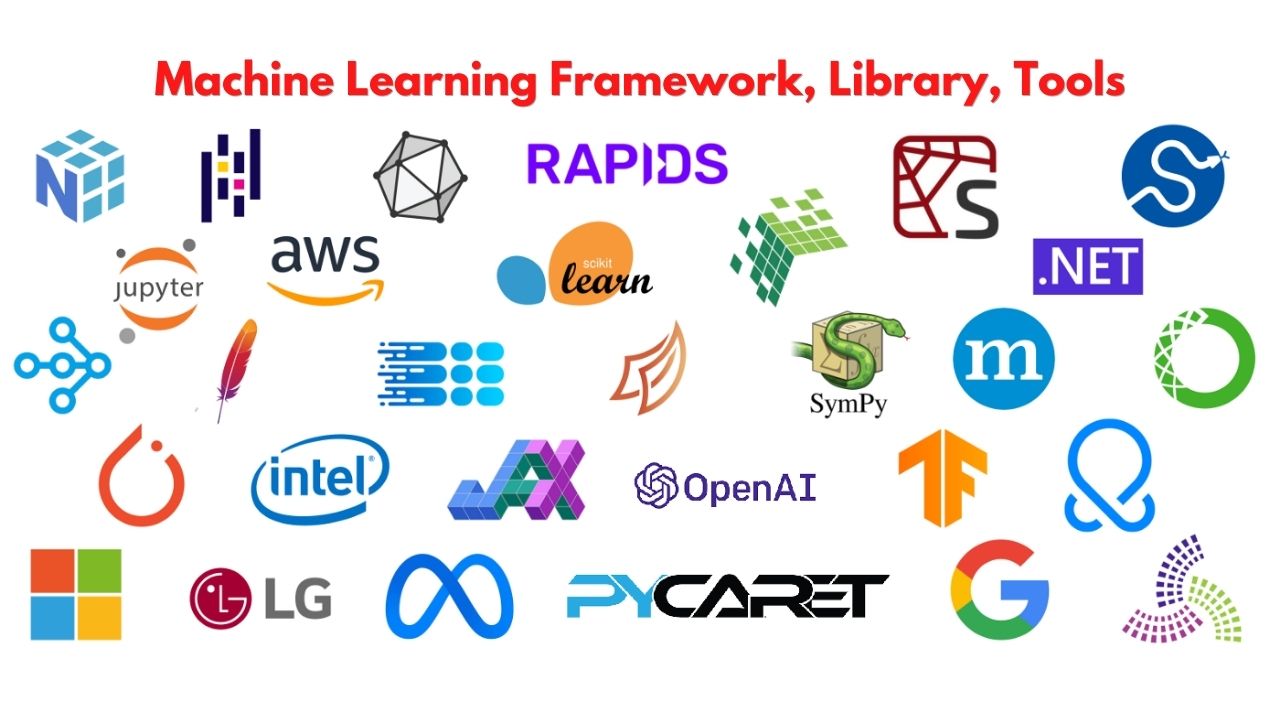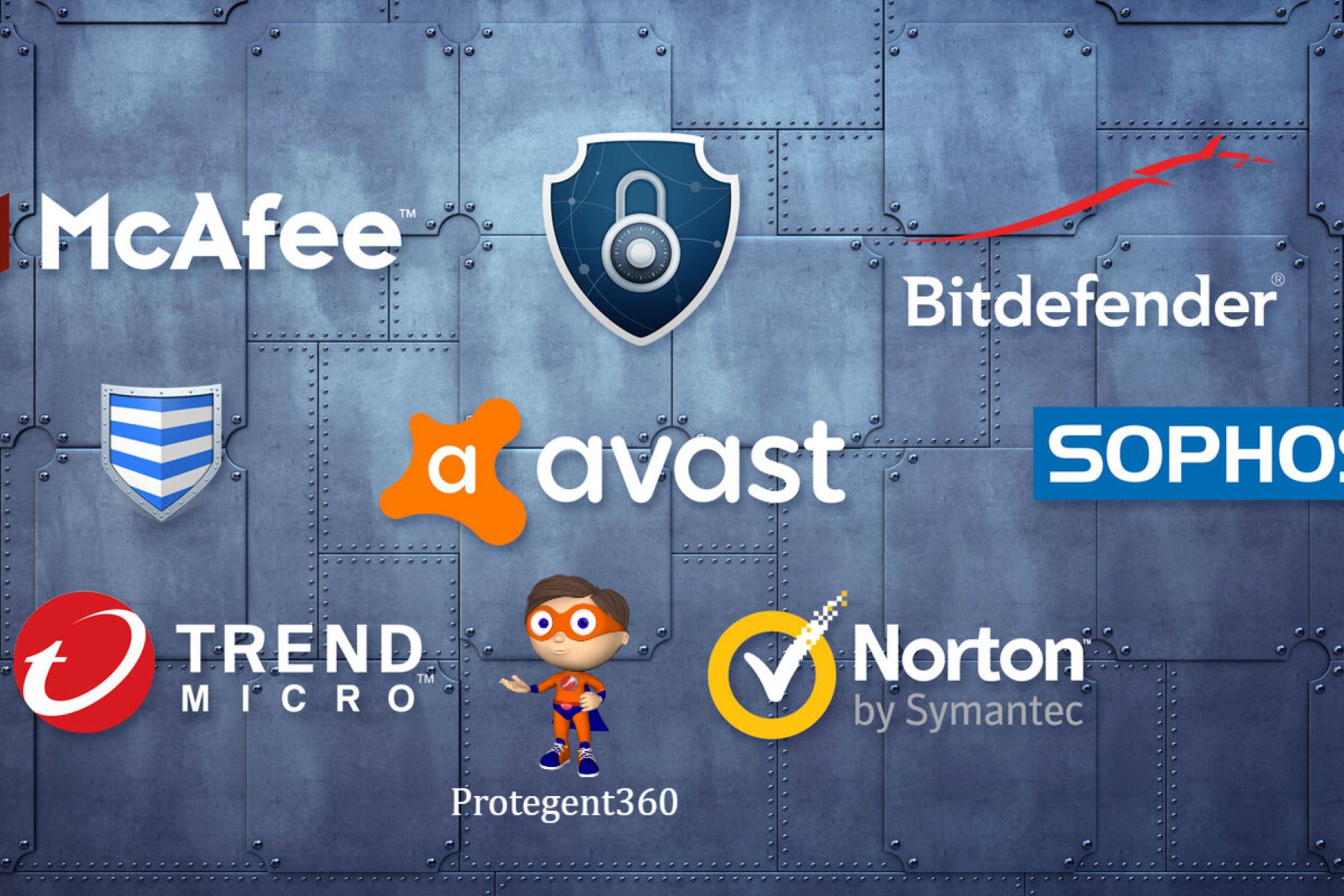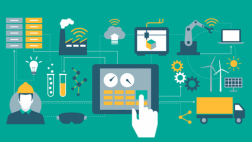Introduction
Welcome to the world of technology, where traditional programming and machine learning collide. In today’s rapidly evolving digital landscape, both these approaches play a crucial role in developing innovative solutions and enhancing efficiency. However, they are fundamentally different in their methodologies and applications. Understanding the distinctions between traditional programming and machine learning is essential for anyone interested in the fields of artificial intelligence and data science.
Traditional programming refers to the process of providing explicit instructions to a computer to perform a specific task. Programmers write code using programming languages like Java, C++, or Python, using algorithms and logical statements to direct the computer’s behavior. The code is based on predefined rules and inputs, enabling the computer to produce an output in a deterministic manner.
On the other hand, machine learning is a branch of artificial intelligence that focuses on developing algorithms capable of learning from data and making predictions or decisions without explicit programming. In essence, rather than explicitly instructing the computer how to solve a problem, machine learning models learn patterns and relationships from labeled or unlabeled data through iterative training.
One key distinction between traditional programming and machine learning lies in the approach they take to solve problems. Traditional programming follows a rule-based approach, where the programmer manually defines rules for the computer to follow. This approach is effective for tasks with well-defined rules and inputs, such as sorting algorithms or mathematical computations.
Machine learning, on the other hand, follows a data-driven approach. Instead of relying on explicitly defined rules, machine learning models learn patterns from data and make predictions or decisions based on those patterns. The models iteratively adjust their parameters to minimize errors and improve their performance over time. This flexibility allows machine learning to handle complex tasks, such as natural language processing, image recognition, and data analysis, where traditional programming approaches may struggle.
In the next sections, we will explore the key differences between traditional programming and machine learning, the areas where they overlap, examples of machine learning applications in the real world, and the challenges and limitations that machine learning entails. By the end, you will have a comprehensive understanding of how machine learning differs from traditional programming and the benefits and considerations associated with each approach.
Understanding Traditional Programming
Traditional programming, also known as imperative programming, is the traditional approach to instructing computers to perform specific tasks. It involves writing code using programming languages such as Java, C++, or Python, which consist of a series of instructions and logical statements that the computer executes in a predetermined order.
In traditional programming, programmers explicitly define the rules and logic that the computer follows to solve a problem. The code is structured using algorithms, which are step-by-step instructions for completing a task. These algorithms can range from simple arithmetic calculations to complex sorting or searching algorithms.
One of the key features of traditional programming is determinism. That means that given the same set of inputs, the program will produce the exact same output every time. This property is crucial for tasks that require precision and consistency.
Traditional programming is particularly suitable for tasks with well-defined rules and inputs. For example, calculating the sum of two numbers, sorting a list of values in ascending order, or validating user inputs are all areas where traditional programming excels. It allows programmers to have complete control over the behavior of the program and ensures that the desired outcome is achieved.
To write traditional programs, programmers need to have a strong understanding of the programming language syntax and the logic behind problem-solving. They break down complex tasks into smaller, more manageable steps and write the code to accomplish each step. The code is then compiled or interpreted by the computer to produce the desired output.
One of the challenges of traditional programming is that it requires the programmer to have a deep understanding of the problem domain and to anticipate all possible scenarios and edge cases. If a rule or requirement changes, the program needs to be manually modified to accommodate the new changes.
Despite its limitations, traditional programming remains an integral part of software development and is widely used for a variety of applications. From creating web applications to designing operating systems, traditional programming serves as the foundation of computer science and enables the development of complex and reliable software solutions.
The Basics of Machine Learning
Machine learning is revolutionizing various industries by enabling computers to learn from data and make predictions or decisions without being explicitly programmed. Unlike traditional programming, machine learning models are designed to learn patterns and relationships from data and use that knowledge to analyze new inputs and make informed decisions.
At its core, machine learning involves training a model using a massive amount of labeled or unlabeled data. Labeled data is data that has been manually annotated with the correct output or label, whereas unlabeled data does not have any associated labels. During the training process, the model looks for patterns and correlations within the data to optimize its performance.
There are different types of machine learning algorithms, but the most commonly used ones include:
- Supervised Learning: In this type of machine learning, the model is trained on labeled data, where each input is associated with the correct output. The model learns to map inputs to outputs and can then make predictions on new, unseen data. Examples of supervised learning algorithms include decision trees, logistic regression, and support vector machines.
- Unsupervised Learning: Unsupervised learning involves training the model on unlabeled data and tasks it with finding patterns or structures in the data. Unlike supervised learning, there are no pre-specified outputs, and the model is left to discover relationships and groupings on its own. Common unsupervised learning algorithms include clustering algorithms like K-means and hierarchical clustering.
- Reinforcement Learning: Reinforcement learning involves training a model to interact with an environment and learn from the feedback or rewards it receives. The model takes actions to maximize its reward and learns through trial and error. Reinforcement learning is often used in applications such as autonomous driving, robotics, and game playing.
Machine learning models learn by adjusting their internal parameters based on the training data. They use optimization algorithms to minimize the error between their predictions and the true labels. This process is known as model training or learning. Once the model has been trained, it can be used to make predictions on new, unseen data.
One of the key advantages of machine learning is its ability to handle complex and unstructured data. Machine learning models can analyze text, images, audio, and other types of data, making it suitable for applications such as natural language processing, image recognition, and sentiment analysis.
However, it’s important to note that machine learning models are not foolproof. They are only as good as the data they are trained on. Biased or incomplete data can result in biased or inaccurate predictions. It’s crucial to carefully select and preprocess the training data to ensure the model learns the relevant patterns.
Overall, machine learning provides a powerful approach to solving complex problems and extracting valuable insights from data. Its ability to learn and adapt from experience makes it a valuable tool in various fields, including healthcare, finance, marketing, and more.
Key Differences between Traditional Programming and Machine Learning
While both traditional programming and machine learning aim to solve problems and process data, they differ significantly in their approaches and methodologies. Here are some key differences between traditional programming and machine learning:
- Programming Paradigm: Traditional programming follows a rule-based approach, where programmers explicitly define the rules and logic for the computer to follow. In contrast, machine learning follows a data-driven approach and focuses on learning patterns from data to make predictions or decisions.
- Flexibility: Traditional programming is rigid, as it requires programmers to anticipate and define all possible scenarios and inputs. Any changes or updates to the program require manual modification of the code. Machine learning, on the other hand, is flexible and adaptable. The models can learn from new data and adjust their behavior accordingly without the need for explicit programming.
- Automation of Feature Extraction: Traditional programming requires programmers to manually extract relevant features from raw data to train the models. In machine learning, the models can automate the feature extraction process, learning to extract relevant features and patterns from the data during the training phase.
- Handling Complexity: Traditional programming is suitable for well-defined problems with fixed rules and inputs. Machine learning excels in handling complex and unstructured data, making it suitable for tasks such as natural language processing, image recognition, and sentiment analysis.
- Generalization: Traditional programs are designed to perform specific tasks with explicit instructions, making them less capable of generalizing beyond the defined task. Machine learning models, once trained, can generalize their learning to make predictions on new, unseen data. This ability to generalize is a key strength of machine learning.
- Dependencies on Data: Traditional programming relies on the programmer’s expertise and the predefined rules encoded in the program. Machine learning heavily relies on the quality and representativeness of the training data. Biased or incomplete data can lead to inaccurate predictions or biased models.
- Performance and Scalability: Traditional programs can provide faster and deterministic results when the problem domain is well-defined. Machine learning algorithms, especially complex ones, might require more computational resources and time for training. However, once trained, machine learning models can provide efficient and scalable solutions to complex problems.
Understanding these key differences between traditional programming and machine learning is essential for selecting the right approach for a given problem. Traditional programming offers control and deterministic outcomes, while machine learning offers the ability to learn from data and handle complex tasks that may be difficult to solve using traditional programming methods.
Ways in which Machine Learning and Traditional Programming Overlap
While traditional programming and machine learning are distinct approaches, there are several areas where they overlap and can complement each other. Here are some ways in which machine learning and traditional programming converge:
- Data Preprocessing: Before feeding data into machine learning algorithms, it often requires preprocessing to clean, normalize, or transform the data. Traditional programming techniques are often employed to perform these data preprocessing tasks. This ensures that the data is in the appropriate format and ready for machine learning algorithms to process.
- Feature Engineering: Feature engineering is the process of selecting or creating informative features from raw data that are used as inputs to machine learning algorithms. Traditional programming may be used to engineer relevant features by extracting meaningful information from the data. This process can involve applying mathematical transformations, statistical methods, or domain-specific knowledge to transform the raw data into meaningful feature representations.
- Algorithm Implementation: While machine learning algorithms are often implemented using libraries and frameworks, there may be situations where a custom algorithm needs to be developed. In such cases, traditional programming techniques are employed to implement and optimize the algorithms, as well as to handle specific requirements or constraints.
- Evaluation and Validation: Both traditional programming and machine learning rely on evaluating the performance and correctness of the implemented solutions. In traditional programming, unit testing and integration testing techniques are used to ensure that the code functions as expected. In machine learning, techniques such as cross-validation and holdout validation are used to assess the model’s performance and generalization capabilities.
- Deployment and Integration: Once a traditional program or a machine learning model is developed, it needs to be deployed and integrated into the existing system or infrastructure. Traditional programming techniques are used for deploying standalone applications, creating APIs, or integrating the solution into larger software systems. Similarly, machine learning models can also be deployed as APIs or integrated into existing applications to provide predictions or decision-making capabilities.
These overlapping areas highlight the synergy between traditional programming and machine learning. By combining the strengths of both approaches, developers and data scientists can create robust and efficient systems that leverage the power of machine learning while utilizing the control and reliability of traditional programming techniques.
Real-World Examples of Machine Learning Applications
Machine learning has become increasingly prevalent in a wide range of industries, revolutionizing various processes and enabling automated decision-making based on data analysis. Here are a few real-world examples of machine learning applications:
- Recommendation Systems: Online platforms such as Netflix, Amazon, and Spotify use machine learning algorithms to analyze user preferences and behavior to make personalized recommendations. These algorithms learn from user interactions, such as the movies they watch, the products they purchase, or the songs they listen to, to suggest content that matches their interests.
- Fraud Detection: Machine learning models can be used to identify fraudulent activities in banking and finance. By analyzing patterns and customer behavior, these models can detect unusual transactions or suspicious activities that indicate potential fraud. This helps financial institutions prevent potential losses and protect their customers.
- Medical Diagnosis: Machine learning algorithms are used in medical imaging to assist in the diagnosis of diseases such as cancer. By analyzing medical images, such as X-rays or MRI scans, these algorithms can identify abnormalities or potential areas of concern, aiding healthcare professionals in making accurate diagnoses and treatment plans.
- Natural Language Processing: Virtual assistants like Siri and Alexa utilize machine learning to understand and respond to human language. These systems use techniques such as text classification, sentiment analysis, and speech recognition to interpret user queries and provide relevant information or perform tasks.
- Image and Video Recognition: Machine learning models are employed in image and video recognition applications. For example, in self-driving cars, these models can identify and classify objects such as pedestrians, traffic signs, and vehicles to make informed decisions in real-time. Similarly, facial recognition systems in security and surveillance use machine learning to verify identities.
- Sentiment Analysis: Machine learning can analyze social media posts, customer reviews, or feedback to determine the sentiment associated with a particular product, brand, or event. This information helps companies understand customer opinions and sentiments, enabling them to improve their products and services or adjust their marketing strategies accordingly.
These examples illustrate the diverse range of applications that machine learning can support, from personalized recommendations to medical diagnostics and intelligent automation. As technology continues to advance, the impact of machine learning in various industries will only grow, enhancing efficiency, decision-making, and overall user experiences.
Challenges and Limitations of Machine Learning
While machine learning offers great potential, it also comes with several challenges and limitations that need to be considered. Here are some of the key challenges associated with machine learning:
- Data Availability and Quality: Machine learning models heavily rely on large and high-quality datasets for training. Obtaining sufficient and representative data can be challenging, especially in domains where data collection is limited or costly. Additionally, inaccurate or biased data can lead to biased or unreliable models.
- Interpretability and Explainability: Machine learning models, particularly complex ones like deep neural networks, can be challenging to interpret. Understanding how and why a model is making certain decisions or predictions can be difficult, making it harder to gain trust and acceptance from users and stakeholders, especially in critical domains like healthcare or finance.
- Overfitting and Generalization: Machine learning models can suffer from overfitting, where the model becomes too specialized in the training data and fails to generalize well to new, unseen data. Balancing the model’s complexity and the amount of available training data is crucial to ensure proper generalization and avoid overfitting.
- Ethical and Legal Considerations: The use of machine learning raises ethical concerns regarding privacy, fairness, and bias. Models trained on biased or unfair data can perpetuate and amplify existing biases or discrimination, leading to unjust outcomes. Ensuring fairness, transparency, and accountability in machine learning algorithms is paramount.
- Computational Resources and Scalability: Training complex machine learning models can require significant computational resources, including powerful processors and large memory capacities. Scaling up machine learning systems to handle big data or real-time applications can also pose challenges due to the need for distributed computing and efficient algorithms.
- Domain Expertise and Interpretation: Machine learning models require input and guidance from domain experts to ensure the relevance and accuracy of the models. Incorporating human expertise into the modeling process is essential for defining meaningful features, selecting appropriate evaluation metrics, and interpreting the results in a context-specific manner.
Understanding and mitigating these challenges is crucial for the successful deployment and utilization of machine learning systems. Researchers, practitioners, and policymakers need to work towards addressing these limitations and developing guidelines and best practices to ensure the responsible and ethical use of machine learning technology.
Conclusion
In conclusion, traditional programming and machine learning are distinct but interconnected approaches in the realm of technology. Traditional programming relies on explicit instructions and rules to solve problems, offering control and determinism. On the other hand, machine learning leverages data and algorithms to learn patterns and make predictions or decisions without explicit programming.
While traditional programming excels in solving well-defined problems with fixed rules, machine learning thrives in handling complex and unstructured data. It enables automated decision-making, personalized recommendations, fraud detection, medical diagnosis, and more.
However, both approaches have their limitations. Traditional programming requires manual modification for any changes, while machine learning models heavily rely on data availability, quality, and interpretability. Challenges such as overfitting, ethical considerations, and the need for computational resources and domain expertise must also be addressed.
By understanding the differences, overlapping areas, and challenges of traditional programming and machine learning, developers and data scientists can harness the strengths of both approaches. The effective integration of machine learning into traditional programming can lead to robust and innovative solutions that leverage the power of data-driven insights while maintaining control and reliability.
As technology continues to evolve, it is important to keep exploring, experimenting, and refining both traditional programming and machine learning techniques. By doing so, we can unlock new possibilities and drive advancements in various industries, shaping a future where intelligent systems work hand in hand with human expertise.

























